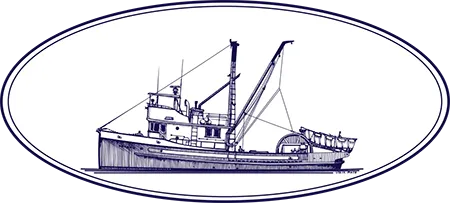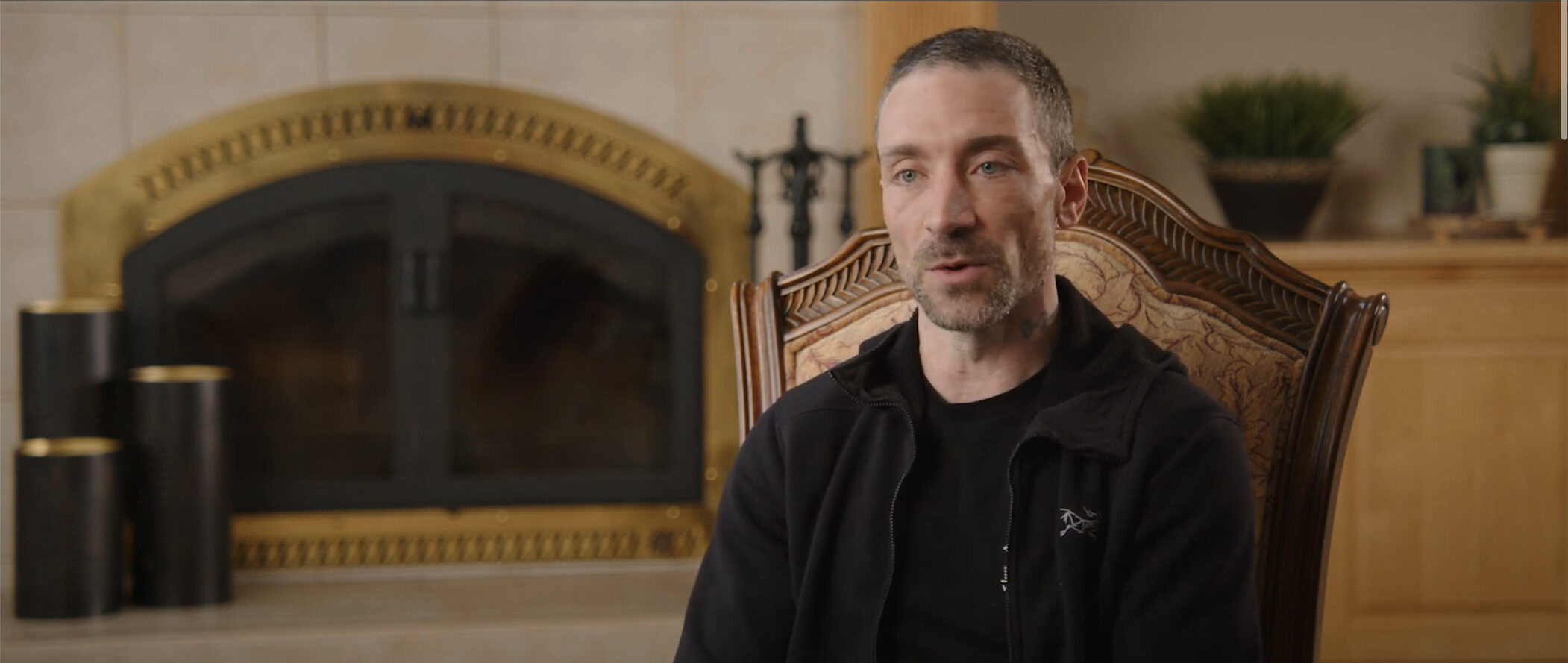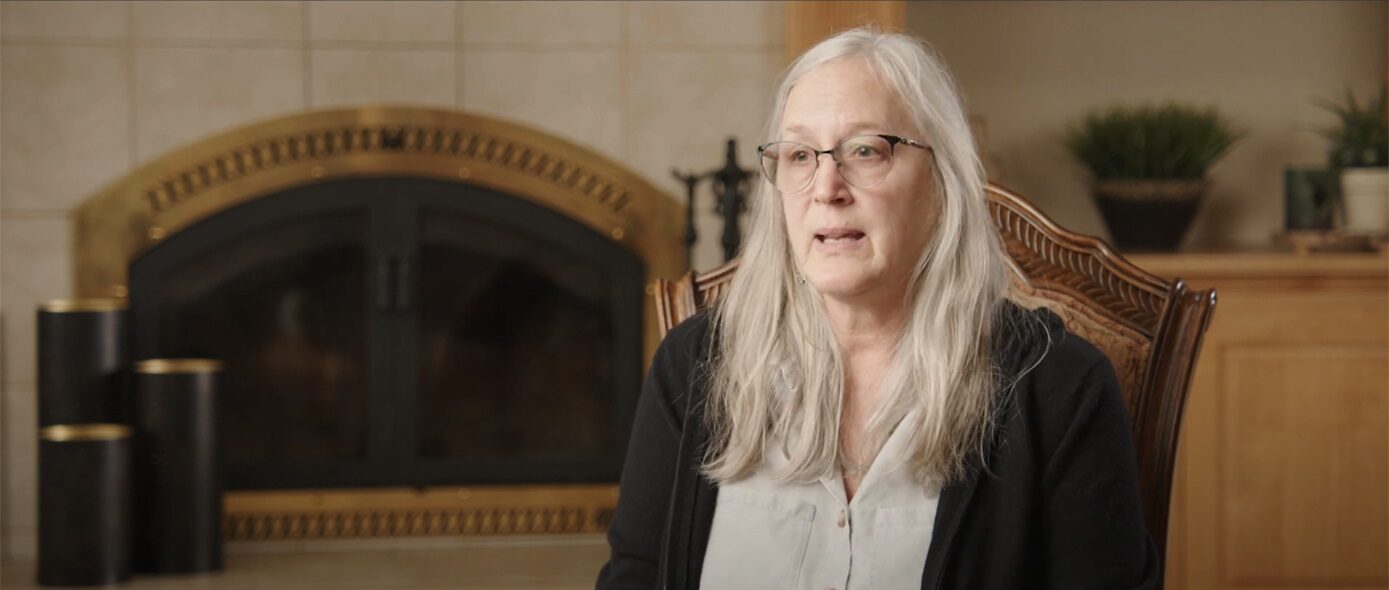Maintenance and cure is a type of compensation that refers to living expenses (maintenance) and cure (medical costs). This support is important for seamen injured or ill because of their service, and is issued without regard to fault. This aid significantly affects a victim’s financial stability and welfare during a challenging time, and can be obtained with the help of a maintenance and cure lawyer.
Below, we’ll outline helpful information about maintenance and cure claims, including eligibility criteria, potential financial compensation, and the assistance a lawyer provides throughout this legal process.
Maintenance and Cure Lawyer
If you’ve been injured and denied maintenance and cure, or your payments do not meet your needs, the maintenance and cure lawyers at BoatLaw, LLP (formerly Anderson Carey Williams & Neidzwski, LLP) can help you recover what is owed to you, along with any other compensation you are due. Our lawyers will carefully review your case and seek every cent your employer should be paying to you. Call us today at 1 (800) 262-8529 or send an online message to set up a free consultation to discuss your claim.
BoatLaw, LLP represents clients with maintenance and cure claims coast-to-coast in courts in Washington, Oregon, Alaska, and California.
Our offices are located in Bellingham and Seattle, Washington; Portland, Oregon; and San Francisco, California.
Information Center
- What is Maintenance and Cure?
- How is Maintenance and Cure Calculated?
- Which Workers Get Maintenance and Cure?
- Who Could Be Liable to a Victim for Maintenance and Cure?
- What Is the Legal Process for Getting Maintenance and Cure?
- What Is the Role of Insurance Companies as It Relates to Maintenance and Cure?
- Are There Any Exclusions or Limitations to Maintenance and Cure Claims?
- Motions to Compel
- How Does Maintenance and Cure Compare to Other Legal Actions?
- Time Limits for Getting Maintenance and Cure
- Additional Resources
- Hire a Maintenance and Cure Attorney
What Is Maintenance and Cure?
Maintenance and cure is a form of compensation provided to seamen who are injured or fall ill while working on their vessel.
“Maintenance” refers to a daily allowance paid to the seaman for living expenses during recovery, while “cure” covers medical and rehabilitation costs until the seaman reaches maximum medical improvement. This means the employer must pay these benefits regardless of who was at fault for the injury or illness. The aim is to ensure that the seaman can live and receive necessary medical care without bearing the financial burden, until they are either healed or have reached a point where no further treatment will improve their condition.
How is Maintenance and Cure Calculated?
Maintenance
Maintenance is calculated based on the daily living expenses of an injured seaman during their recovery period. This includes food and lodging expenses that the seaman would have received aboard the vessel. The exact amount of maintenance varies, often determined by the maritime employer or through litigation if there is a dispute. The rate is not standardized and can be influenced by various factors, including the seaman’s usual living standards, with adjustments made to reflect reasonable living costs. However, maintenance payments are typically modest and may not cover all actual living expenses.
How is Cure Calculated?
Cure pertains to the medical expenses incurred by the seaman until maximum medical improvement (MMI) is reached. The calculation of cure involves all necessary medical treatment, hospitalization, rehabilitation services, and medication costs directly related to the injury or illness. There is no limit to cure; it is based on the actual cost of medically necessary treatments as determined by healthcare professionals. Employers are obligated to pay these expenses in full, ensuring the seaman receives adequate medical care for a full recovery or until a doctor determines that further treatment will not improve the seaman’s condition.
Which Workers Get Maintenance and Cure?
Maintenance and cure are available to all seamen.
A seaman is someone who spends a significant portion (usually at least 30%) of their time working on a vessel or fleet of vessels that are in navigation, and their work contributes to the vessel’s function or mission. This includes a wide range of maritime workers, including those who work on cargo ships, fishing boats, ferries, and even offshore drilling rigs, provided the vessel is in navigation and not permanently anchored.
Who Could Be Liable to a Victim for Maintenance and Cure?
The ship owner and the employer of the seaman are liable for maintenance and cure. When a seaman is injured or becomes ill, the employer generally must provide maintenance and cure benefits regardless of fault. Ultimately, employers have a duty to care for their crew members, ensuring that injured or ill seamen receive financial support for living expenses and medical care until they have reached maximum medical improvement.
What Is the Legal Process for Getting Maintenance and Cure?
The legal process for getting maintenance and cure involves notifying the employer of the injury or illness as soon as possible and submitting documentation, like medical records and proof of expenses. If the employer denies the claim or fails to provide adequate maintenance and cure, the seaman may need to file a lawsuit. The case can be brought in federal or state court, where the seaman must prove their employment status, the injury or illness occurred in service to the vessel, and the extent of their financial and medical needs.
What Is the Role of Insurance Companies as It Relates to Maintenance and Cure?
Insurance companies underwrite the policies that cover these benefits. The insurance company evaluates the claims, processes payments, and may also be involved in disputes regarding the extent of benefits. They ensure that the employer can fulfill their obligations to provide maintenance and cure to the injured seaman.
Are There Any Exclusions or Limitations to Maintenance and Cure Claims?
Yes, there are exclusions and limitations to maintenance and cure. Benefits continue only until the seaman reaches maximum medical improvement.
If the injury or illness is proven to be pre-existing and not exacerbated by service on the vessel, or if the seaman was willfully negligent (e.g., injury because of intoxication), or if the seaman lied about their medical history upon employment, the employer may deny maintenance and cure. A denial could also come from the seaman refusing medical care or for failing to file a claim in a timely manner.
Furthermore, these benefits do not cover pain and suffering or other non-economic damages.
Motions to Compel
What Is a Motion to Compel Maintenance and Cure?
In maritime law, when a shipowner contests a seaman’s right to maintenance and cure, the seaman can file a motion to compel these benefits. This legal action becomes necessary when a shipowner refuses to provide maintenance and cure because of disputes over the seaman’s employment status or the circumstances of the injury. The burden of proof then shifts to the shipowner to justify the refusal.
Courts generally favor the seaman in ambiguous cases. If a shipowner denies these benefits, the seaman’s only legal option is a lawsuit, which may include a claim for punitive damages.
What Is a Motion to Reinstate Maintenance and Cure?
A motion to reinstate maintenance and cure allows an injured seaman to request a court order to have their employer (or the ship owner) resume paying for their medical treatment and living expenses if their injuries have not yet fully healed. This request is often supported by medical evidence from the seaman’s doctor, indicating that further treatment could be beneficial. Additionally, the seaman might seek a preliminary injunction or a hearing to resolve the issue more quickly.
How Does Maintenance and Cure Compare to Other Legal Actions?
While maintenance and cure provides immediate financial and medical support regardless of fault, seamen may also pursue additional claims under the Jones Act or other maritime laws for negligence or unseaworthiness of the vessel. Negligence claims under the Jones Act require the seaman to prove their injury was caused by their employer’s negligence.
Unseaworthiness refers to a vessel’s condition when it’s not reasonably fit for its intended use, lacking proper equipment, crew, or maintenance, jeopardizing the safety of those aboard. In negligence and unseaworthiness cases, the victim could be entitled to compensation for medical expenses, lost wages, pain and suffering, and future economic losses.
Are There Time Limits?
Yes, there are time limits for requesting maintenance and cure. While the Act itself does not specify a deadline for these benefits, legal action to enforce maintenance and cure rights must typically be filed within three years of the injury or illness. It’s important for seamen to act promptly in reporting their injury or illness and seeking these benefits to avoid potential disputes over timeliness.
What Documentation Is Required?
To obtain maintenance and cure, you must provide medical documentation of the injury or illness and evidence that it occurred in the service of the ship. This includes medical records, doctor’s notes, and possibly a log of the incident.
You must also provide up-to-date documentation of employment status as a seaman and evidence showing the injury or illness was work-related.
How Does a Maritime Lawyer Help an Injured Worker in Maintenance and Cure Cases?
A maritime injury lawyer helps workers with maintenance and cure cases by first checking if their claim is valid. They make sure all the right documents and medical records are gathered and filled out correctly. The lawyer then guides the worker through the legal steps, explaining their rights and what benefits they might get. If an employer or insurance company unfairly denies these benefits, the lawyer steps in to fight for the worker’s rights. This could mean going to court to argue why the seaman deserves maintenance and cure. Lawyers also talk to employers and insurance companies to try and negotiate a fair arrangement.
Sometimes, if the employer stops paying benefits too soon or doesn’t want to pay at all, the lawyer might need to take extra steps. They can ask the court to make the employer start paying again or to pay what they owe. This is done by filing motions. By fighting hard for the worker, a maritime injury lawyer greatly increases the chance of them getting all the benefits they deserve.
Additional Resources
The Legal Information Institute at Cornell University explains maintenance and cure as a legal right for seafarers injured while at sea. This right exists until the seafarer is fit for duty or reaches maximum medical improvement.
Elements and Burden of Proof in Maintenance and Cure Cases
The United States Courts for the Ninth Circuit provide guidelines on the elements a plaintiff must prove in maintenance and cure cases: being a seaman, suffering an injury or illness while in service of the vessel, and the entitlement amount. This includes reasonable costs for food, lodging, and medical attention. It clarifies that maintenance and cure rights exist regardless of the seaman’s negligence or the employer’s fault.
Maintenance and Cure: The Use of and Pitfalls of the Intentional Concealment McCorpen Defense
The American Bar Association discusses the McCorpen defense in maintenance and cure cases, a major issue in maritime law. This defense bars a seaman from receiving maintenance and cure if they intentionally concealed a pre-existing medical condition during their pre-employment physical examination. The article outlines the conditions under which this defense applies, its legal implications, and potential pitfalls, like punitive damages for failure to pay and its impact on tort claims.
Hire a Maintenance and Cure Lawyer
If you’re a seaman who has been injured on the job, you are owed maintenance and cure regardless of who was at fault for the injury. The experienced maintenance and cure lawyers at BoatLaw, LLP can help you win the full amount you are owed, for maintenance and cure and any other claim.
Call us today at 1-800-262-8529 for a free consultation.
BoatLaw, LLP represents clients with maintenance and cure claims coast-to-coast in courts in Washington, Oregon, Alaska, and California.
Our offices are located in Bellingham and Seattle, Washington; Portland, Oregon; and San Francisco, California.











